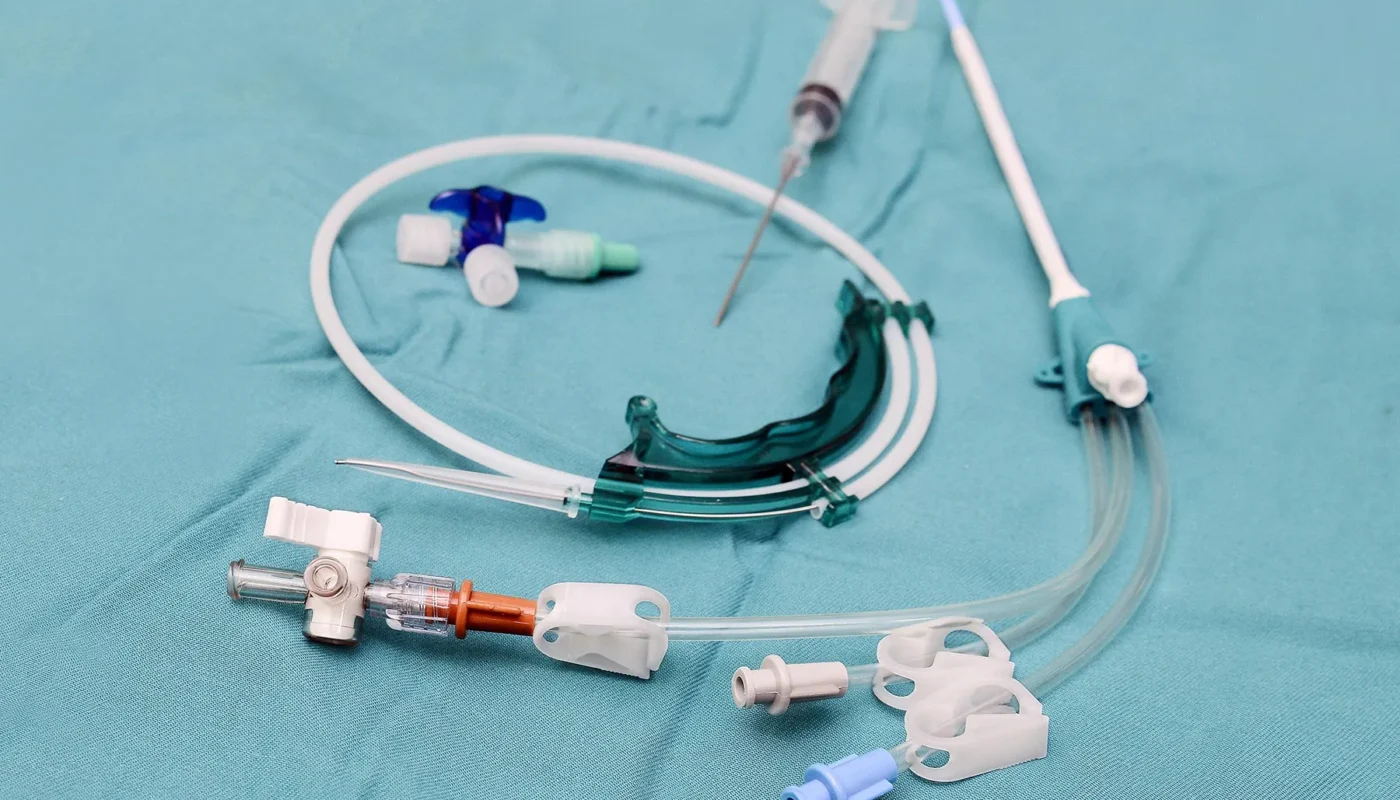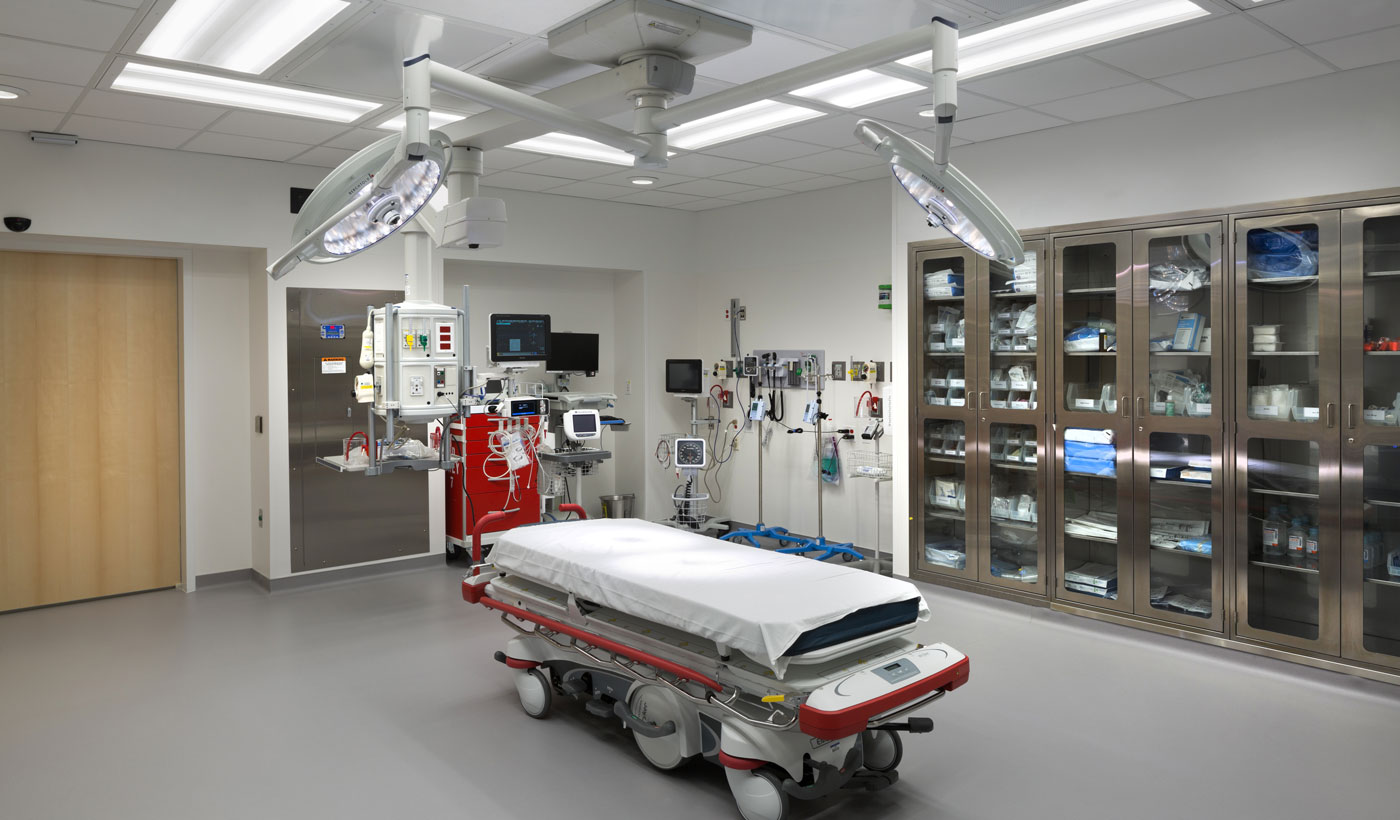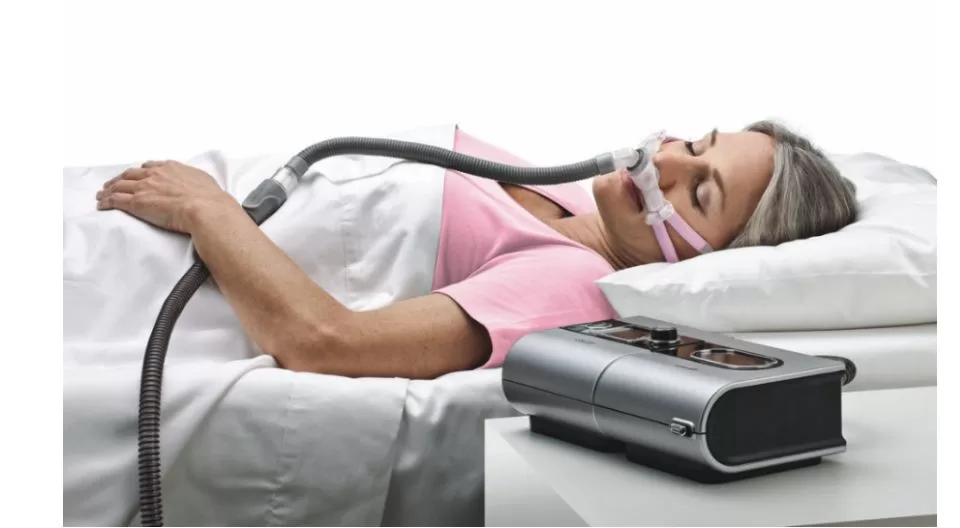A central venous catheter, also known as a central line, is a long, thin, flexible tube that is placed into a large vein in the neck, chest, or groin to deliver nutrients, fluids, medicines, or blood products directly into the bloodstream. Central venous catheters provide reliable long-term venous access and are commonly used in hospital settings for patients who require extended treatment. However, central lines also carry certain risks that must be carefully managed.
Types of Central Venous Catheters
There are three main types of Central Venous Catheters commonly used in U.S. hospitals:
1. Peripherally Inserted Central Catheter (PICC): PICCs are inserted through the arm into a large vein and advanced until the catheter tip terminates near the heart. They provide central access without requiring neck or chest insertion. PICCs are preferred for patients requiring intravenous therapy for less than 6 weeks.
2. Non-Tunneled Central Catheter: Non-tunneled or “acute” catheters are centrally inserted through the neck or chest into large central veins like the internal jugular or subclavian veins. They are usually left in place for less than 6 weeks to provide central access during acute or emergency situations or illness.
3. Tunneled Central Catheter: Tunneled lines are similar to non-tunneled catheters but have a portion of the catheter that is “tunneled” or embedded under the skin, rather than exiting directly at the insertion site. This tunnel acts as a barrier and helps prevent infection. Tunneled catheters are meant for long-term central access of more than 6 weeks.
Central Catheter Placement
Placement of central lines requires specialized techniques to avoid injury to underlying structures. Catheters are typically placed in the clinical setting using ultrasound guidance and sterile procedure. The patient’s neck or chest is cleaned and draped. A small puncture is made and the catheter advanced under ultrasound visualization until the tip reaches the desired central vein location. Placement is confirmed with a chest X-ray before use. Antibiotics may be given during or after placement to prevent infection.
Central Catheter Use and Maintenance
Once placed, central catheters make it easy to draw blood, measure central pressures, and deliver irritating or caustic medications or large volumes of fluids into the central circulation. Multiple ports allow for simultaneous infusion and withdrawal. Catheters require strict cleaning, dressing changes, and monitoring to prevent complications during use. Nurses and other clinical staff receive specialized training to care for central lines according to evidence-based protocols.
Potential Complications of Central Catheters
While central lines provide important clinical advantages, they also carry risks if not carefully managed:
Infection
Improper handling or breaks in sterile technique can introduce pathogens directly into the bloodstream, causing severe central line-associated bloodstream infections. Strict infection control protocols are imperative.
Mechanical Issues
Catheters may kink, fracture or migrate from their original position over time. Dressings must be inspected for leaks.
Thrombosis
Blood clots can form around or on the catheter itself, potentially breaking off as dangerous pulmonary emboli if dislodged. Anticoagulants may be used preventatively.
Bleeding and Pneumothorax
Placement carries risks of hemorrhage or collapse of the lung if the catheter punctures surrounding structures. Ultrasound guidance has reduced these risks.
New Advances in Central Catheters
Research continues to refine catheter materials, designs and placement techniques to minimize complications:
– Anti-microbial catheters coated with antibiotics have shown promise in reducing infection risks.
– Nanoemulsion dressings that release antimicrobials in a controlled manner similarly aim to prevent pathogens from colonizing around catheter insertion sites.
– Laser-cut catheters with side openings rather than closed distal tips may reduce thrombogenicity and buildup.
– Completely implantable ports leave no external portion, improving comfort and reducing dislodgment risks compared to traditional non-tunneled catheters.
– Advancements in ultrasound and fluoroscopy guidance have enabled real-time placement monitoring and reduced procedure risks.
– Telesupervised central line insertion programs allow remote expert oversight of complex cases at smaller facilities.
With proper technique, materials and maintenance overseen by a well-trained clinical team, central venous catheters offer significant benefits to patients requiring long term intravenous access or complex care. Continued innovation also promises to optimize safety profiles and outcomes when central lines are absolutely necessary for treatment. Adherence to evidence-based protocols remains the best defense against catheter-related complications.
*Note:
1. Source: Coherent Market Insights, Public sources, Desk research
2. We have leveraged AI tools to mine information and compile it




